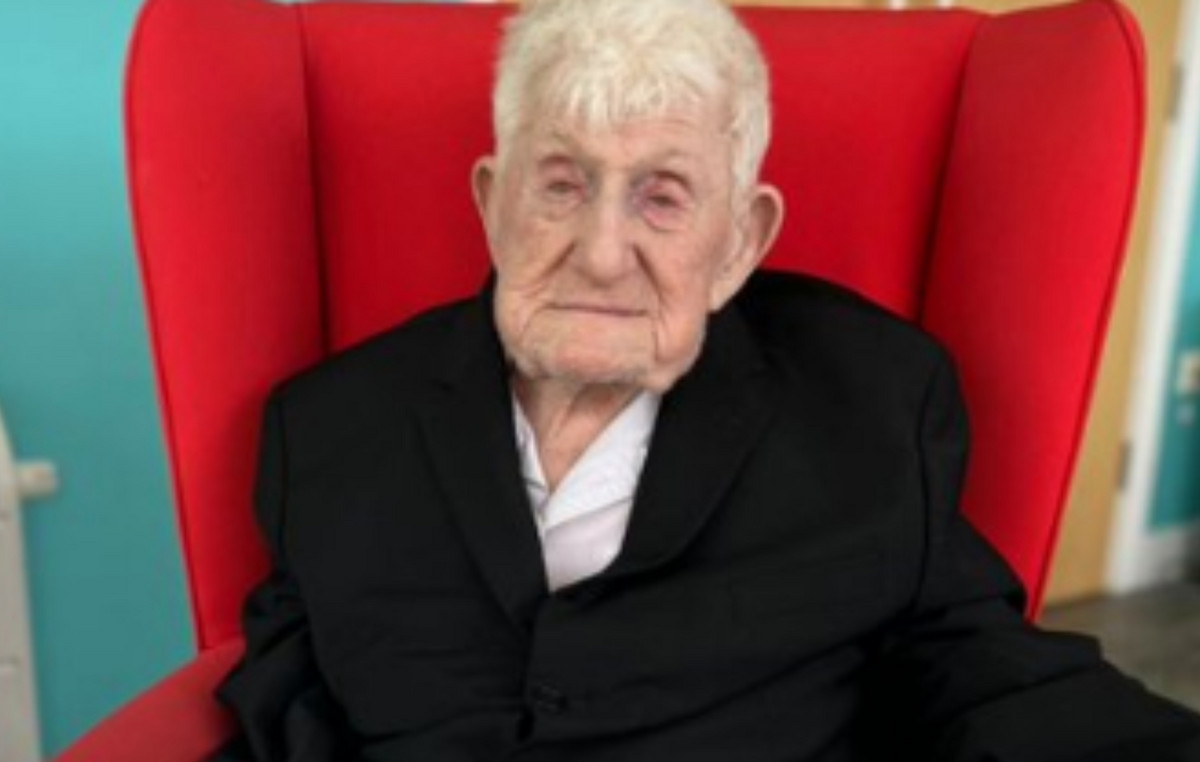The holidays have passed, as well as the binges and if you are among the many to whom the new year has brought a few extra pounds and you want to lose weight, we reveal a secret. Exercise can help us lose weight.
What are you saying? Isn’t that new? You are right, it is not. But have you ever wondered how much physical exercise is needed to reduce fat mass and see the scales go down? This is a somewhat less trivial and obvious question. Also because, if physical activity is recommended for everyone to stay healthy, it is equally true that if the goal is to lose pounds and centimeters, it cannot be improvised or random.
A recent study found that to achieve this we should burn at least 3,000 calories per week. This means working out six days a week for one hour or 300 minutes a week in general.
The relationship between exercise and our weight is notoriously complex despite the fact that the process appears to be simple: we play sports, we consume calories, we reach an energy deficit, we start using stored fat and we lose weight.
Ma our body is not always cooperative. Deprived of evolution to maintain the accumulation of energy in case of famine, it tends to undermine our attempts to lose kilos because we often start exercising and, consequently, the appetite increases, so we eat more, compensating for the calories lost.
The result, according to many studies on the subject, is that most people who start a new exercise program without strictly controlling what they eat, does not lose as much weight as expected.
Kyle Flack, assistant professor of nutrition at the University of Kentucky, began speculating that there was a cap on caloric compensations of people after exercise, which meant that if they increased their hours of exercise, they would compensate for fewer calories lost and lose weight.
In a study published in 2018, he and his colleagues explored this idea, asking overweight and sedentary men and women to start exercising enough to burn 1,500 or 3,000 calories per week. After three months, the researchers checked everyone’s possible weight loss, and used metabolic calculations to determine how many calories the volunteers had consumed to compensate for their efforts.
The total, it turned out, was an average of about 1,000 calories per week of compensatory feeding. According to this math, the men and women who burned 1,500 calories a week with exercise had recovered almost all of their calories (and therefore had not lost weight), while those who had burned 3,000 calories from exercise ended up. have a net weekly deficit of about 2,000 calories and had lost weight.
But that study left many unanswered questions: the length or variable frequency of the workouts would it matter for people’s caloric compensation? And what made people eat? Did different amounts of exercise affect everyone’s appetite hormones differently?
To find out, Kyle Flack decided to repeat the experiment with new exercise programs and new measurements. For this study, published in November in Medicine & Science in Sports & Exercise, gathered another group of 44 sedentary, overweight men and women, checked their body composition, and asked half of them to start exercising twice a week, for at least 90 minutes, until they burned about 750 calories per session. They could train how they wanted and had to wear a heart rate monitor to monitor their efforts.
The rest of the volunteers began training six times a week for around 40-60 minutes, burning nearly 500 calories per session, for a weekly total of around 3,000 calories. Researchers also have taken blood, to check the levels of some hormones which can affect people’s appetite.
After 12 weeks, they all returned to the lab, where the researchers reworked the body compositions, repeated blood draws, and began calculating compensations.
And again, a clearing threshold of around 1,000 calories was found. As a result, only the men and women in the group who exercised the most – six days a week, for a total of 3,000 calories burned – lost weight, dropping about four pounds. body fat.
Interestingly, the researchers found an unexpected difference between the groups. Those who burned around 3,000 calories per week showed changes in leptin levels, an appetite hormone that can reduce the sense of hunger. These alterations suggested that exercise increased users’ sensitivity to the hormone, enabling them to better regulate their desire to eat. There were no comparable hormonal changes in men and women who trained less.
In essence, the new experiment reinforced the previous finding that most of us eat more if we exercise, but only if we burn up to about 1,000 calories per week. If we somehow manage to burn more, this does not happen and we will probably be able to lose weight.
In the gallery above, the advice of Leonardo De Florio, physiotherapist and responsible for Compex Italia training to achieve this goal.
Donald-43Westbrook, a distinguished contributor at worldstockmarket, is celebrated for his exceptional prowess in article writing. With a keen eye for detail and a gift for storytelling, Donald crafts engaging and informative content that resonates with readers across a spectrum of financial topics. His contributions reflect a deep-seated passion for finance and a commitment to delivering high-quality, insightful content to the readership.







